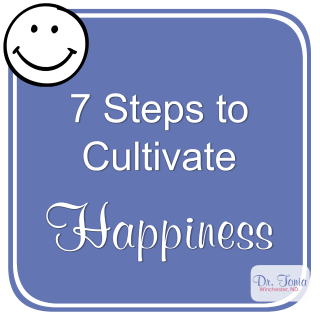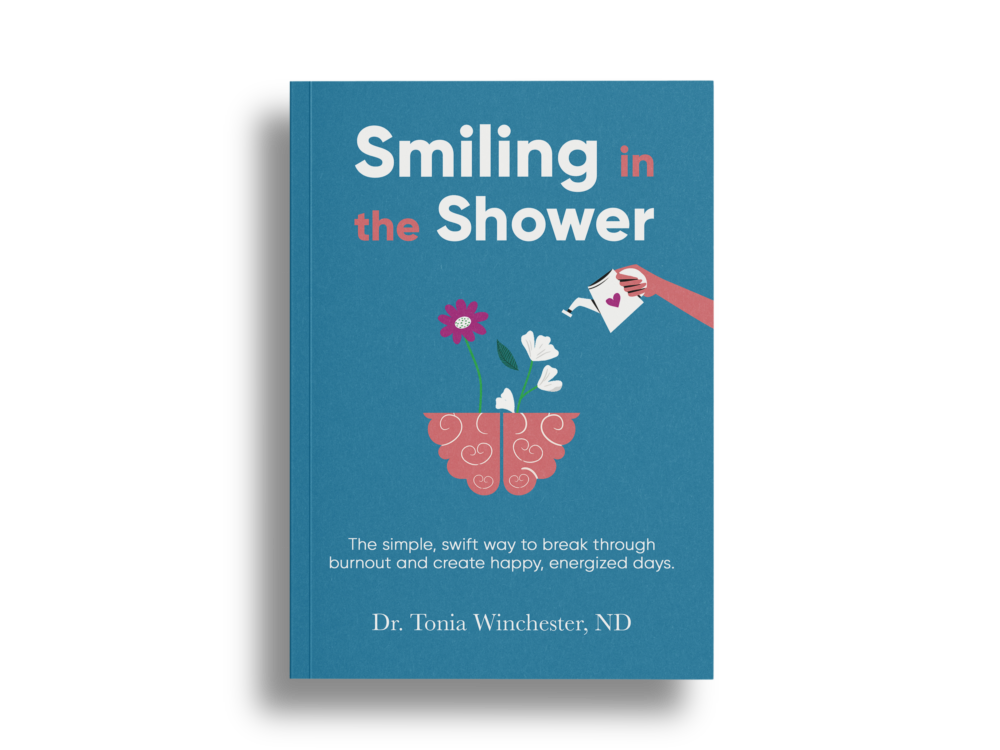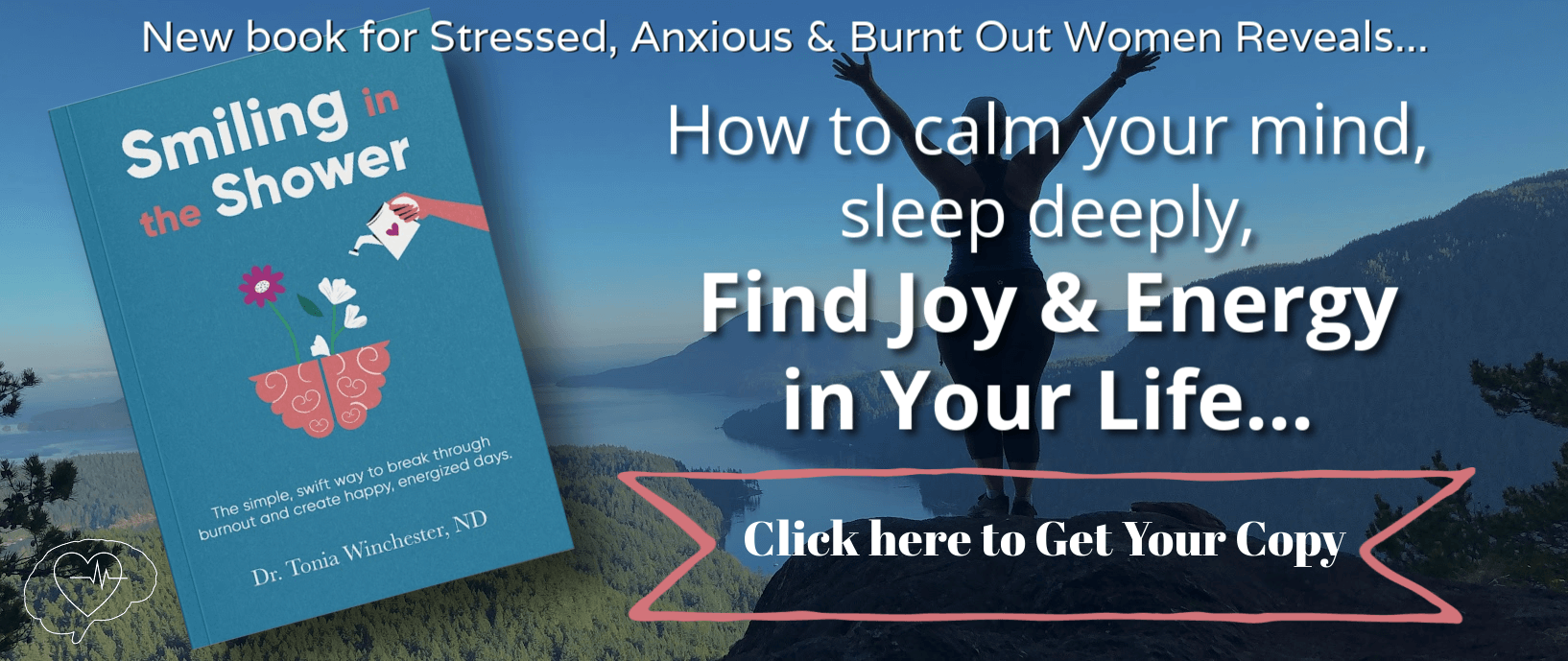
Early December I drove for 2 hours to see
Gabrielle Bernstein speak.
If you’re not familiar with her, I do recommend checking her out. She is a certified Kundalini yoga and meditation teacher, best-selling author and inspirational speaker. She has been named “a next-generation thought leader” by Oprah Winfrey and has been named “a new role model” by The New York Times. Her books include: Miracles Now, May Cause Miracles, Add More ~ing to Your Life and Spirit Junkie.
Her bio is impressive.
But her lecture was game-changing.
After guiding us through a meditation, she shared stories of transformations in her life and the lives of others through various spiritual practices. The main take home was a sequence of steps she called, “The 7 steps to cultivating happiness,” and I wanted to share them with you.
1. Identify where you are resisting happiness.
Where are you creating suffering where you don’t have to? Where in your life are you resisting abundance, joy, and your delightful life?
I noticed this in my own life recently. Over dinner a friend and I were catching up. In the past we both experienced mutual micro trauma, with which she is still dealing to a larger extent than I am. She said, “If you don’t want to talk about this, we don’t have to.”
I literally made a Grinch face, drummed my fingers together and said, “I kinda like the drama.”
Which isn’t true. I have a no drama policy. But there I was. Resisting my own happiness by insisting on inviting it into my life.
Interestingly enough after several minutes of discussing the issue we both felt how toxic it was. And changed topics.
Another great example of this in action was from a member of Gabby’s audience during the question and answer period.
She said, “I have a good life, I’m very fortunate. So I look for drama on TV, for example with the potential that Donald Trump might be the leader of the free world.”
She is seeking out drama, and Gabby called her out on it. She redirected her to the 2nd step she had spoken about. Choose happiness.
2. Choose happiness.
Witness the part of you that is resisting happiness. For me that usually comes in the form of obsessing over to do lists, and details, and the possibility of being late or running out of time. But for you that may come in the form of anxiety. Or pain. Or sabotaging good relationships.
Witness that part of you and call her by a name. When I’m getting spazzy about going over 5 minutes with a patient when I know there is someone else waiting I say, “That is just my spazzy-time friend.”
And choose again, differently this time.
Say, “I choose peace instead of this.“
Wash. Rinse. Repeat. As often as needed.
Witness.
Forgive.
Choose again.
Where can you say, “I choose peace instead of this?”
3. Recognize the light in others.
When you see good things in others (and trust me when you start to LOOK for the good, you’ll find it everywhere. Know that the good you see is mirroring your own goodness.
I recognize the light in you, and I see that it is a reflection on the light in me. This is basically the meaning of the Sanskrit phrase, “Namaste.”
4. Forgiveness.
The dictionary definition is: stop feeling angry or resentful toward (someone) for an offense, flaw, or mistake.
It’s not about the flaw, offense or mistake. It’s about YOU changing how YOU feel.
If you don’t feel ready to forgive. Gabby told us to be willing to forgive. And commit to that. Like trying to turn a
practice into a habit (which can take up to 66 days). Every day in
meditation repeat, “I am willing to forgive.”
Again, wash rinse repeat. Consistent daily choices will become new ways of being.
5. Compassion.
Have compassion for others’ suffering. You never know what pain, hurt or trauma another is carrying. You never know what stress they’re enduring.
Suffering comes when we don’t accept our current situation or circumstances. When we accept those circumstances we reduce our suffering.
Have compassion for their suffering – not to enable that suffering (because as the Buddhists say, “Pain is inevitable but suffering optional,”) but to witness the pain behind their behavior.
By witnessing their humanness and loving them in spite of and because of it, you decrease your own suffering by not wanting them to be different from who they are, and increase your own potential for happiness and healing (which again means to make whole).
And own your part. The intimate dance of human relationships takes at least two humans. You are not a victim. You choose how you feel. Good or bad. Despairing or hopeful.
6. In your defenselessness your safety lies.
Gabrielle told this story of how her and her husband were on vacation at their country home. She saw men in hoodies approaching carrying long objects. Immediately her brain told her they were guns – but really they were just the gardeners carrying leaf blowers.
She posted on social media about the gun problems in the States. And her Spirit Junkie followers were up in arms that she was protesting their right to carry arms. The thread exploded.
As she was preparing her retort, her husband said to her, “Will you getting defensive about this solve the problem?”
And when she thought about it she realized that no. It wouldn’t. It would only perpetuate the violence and intensity of the conversation.
In your defenselessness your safety lies. I’m not saying don’t stand up for yourself. Please do. Please be
who you are, unabashedly in this world. And please
love that person.
But put what others think of you away. It is not your responsibility what others think of you.
7. Be the light.
On that note, shine brightly. Not for accolades, affection, impressing your mother or friends, but because it’s in you to shine. Let it out. Be it.
And while these tips may seem easy on paper, I know they are more challenging in real life. But practice. Practice. Practice. So that you can, as Gabrielle Bernstein invited us and I invite you, “
Lean in to Joy.“
Here’s to your delightful, thriving, healthy life,
 Early December I drove for 2 hours to see Gabrielle Bernstein speak.
Early December I drove for 2 hours to see Gabrielle Bernstein speak.









